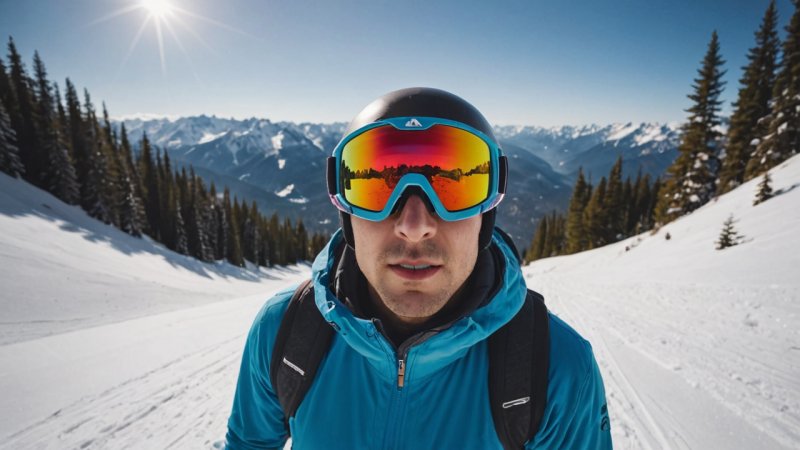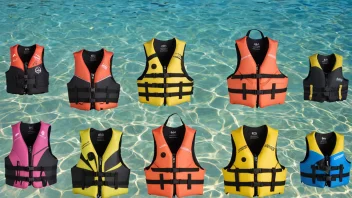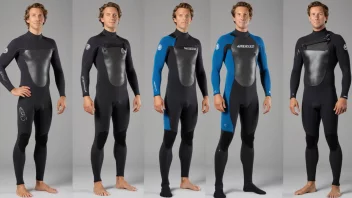As winter descends upon us, the allure of snow-covered mountains and exhilarating slopes beckons avid winter sports enthusiasts. Whether you are a skier, snowboarder, or just enjoy outdoor winter activities, one essential piece of equipment that should not be overlooked is a good pair of winter sports goggles. The right goggles not only enhance your visibility and comfort but also protect your eyes from the harsh elements, ensuring that your time on the slopes is both enjoyable and safe. In this article, we will delve into the key factors to consider when choosing winter sports goggles, including lens types, fit, comfort, and additional features that can elevate your experience.
Understanding Lens Types
The lens of your goggles plays a crucial role in determining your visual experience while participating in winter sports. There are several types of lenses available, each designed to cater to different weather conditions and personal preferences.
- Single Lens: Generally lighter and more affordable, single lenses are often found in entry-level goggles. However, they may not offer the same level of fog resistance or UV protection as dual lenses.
- Dual Lens: These consist of two separate lenses with an air gap in between, providing better insulation against cold air and reducing the likelihood of fogging. Dual lenses are ideal for those who plan to spend extended hours on the slopes.
- Photochromic Lenses: These lenses automatically adjust their tint based on the surrounding light conditions. They are perfect for variable weather, allowing you to adapt without needing to switch goggles.
Choosing the Right Tint
The tint of your goggles significantly affects visibility in different lighting conditions. Understanding the various tints available can help you make an informed choice:
- Dark Tints: Perfect for bright, sunny days, dark tints reduce glare and enhance contrast.
- Light Tints: Ideal for overcast or snowy days, light tints improve depth perception and help you see contours in the snow.
- Yellow or Amber Tints: These enhance contrast and depth perception, making them suitable for low-light conditions.
Fit and Comfort
The fit of your winter sports goggles is paramount for both comfort and performance. Goggles that are too tight can cause discomfort, while those that are too loose may allow cold air and moisture to enter, impairing your vision.
When trying on goggles, consider the following:
- Face Shape: Different brands may cater to different face shapes. Look for goggles designed specifically for your face structure.
- Padding: Ensure that the foam padding around the frame provides a snug fit without causing pressure points. Look for goggles with moisture-wicking properties to keep your face dry.
- Helmet Compatibility: If you wear a helmet, make sure the goggles fit comfortably with it. Many brands design their goggles to work seamlessly with their helmets.
Ventilation and Anti-Fog Features
Foggy goggles can ruin your day on the slopes, so it’s essential to choose a pair with effective ventilation systems and anti-fog treatments. Look for:
- Ventilation Ports: These allow air to circulate, reducing moisture buildup and fogging.
- Anti-Fog Coating: Many goggles come with a coating designed to prevent fog from forming. However, it’s important to avoid touching the inside of the lens, as this can compromise the coating.
Additional Features to Consider
In addition to the basic features, several additional aspects can enhance your experience:
- Interchangeable Lenses: Some goggles allow you to swap lenses easily, enabling you to adjust to changing light conditions.
- OTG (Over The Glasses) Compatibility: If you wear prescription glasses, look for goggles specifically designed to fit over them comfortably.
- Strap Features: A silicone-lined strap can help keep your goggles securely in place, even during intense activity.
Maintenance Tips for Longevity
To ensure your winter sports goggles last for many seasons, proper maintenance is key. Here are some tips:
- Clean Gently: Use a soft cloth to clean the lenses and avoid harsh chemicals that can damage the anti-fog coating.
- Storage: Store your goggles in a protective case to prevent scratches and damage when not in use.
- Drying: After use, allow your goggles to air dry before putting them away to prevent mold and mildew.
Conclusion
Selecting the right winter sports goggles is crucial for optimizing both performance and safety on the slopes. By understanding the various lens types, tints, fit, and additional features available, you can make an informed choice that suits your specific needs. Remember to consider your typical weather conditions and personal preferences, and always prioritize comfort and visibility. With the right pair of goggles, you can enjoy the exhilarating experience of winter sports while keeping your eyes protected and your vision clear.






